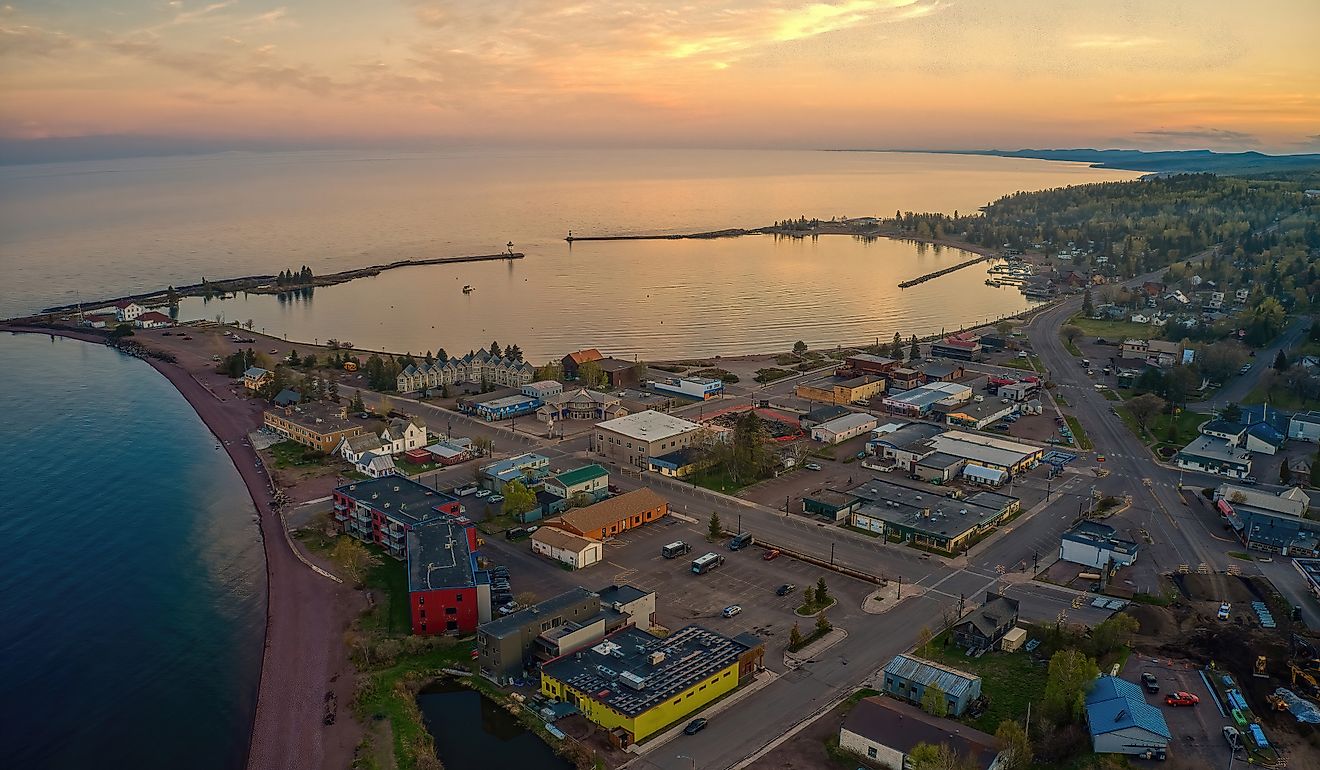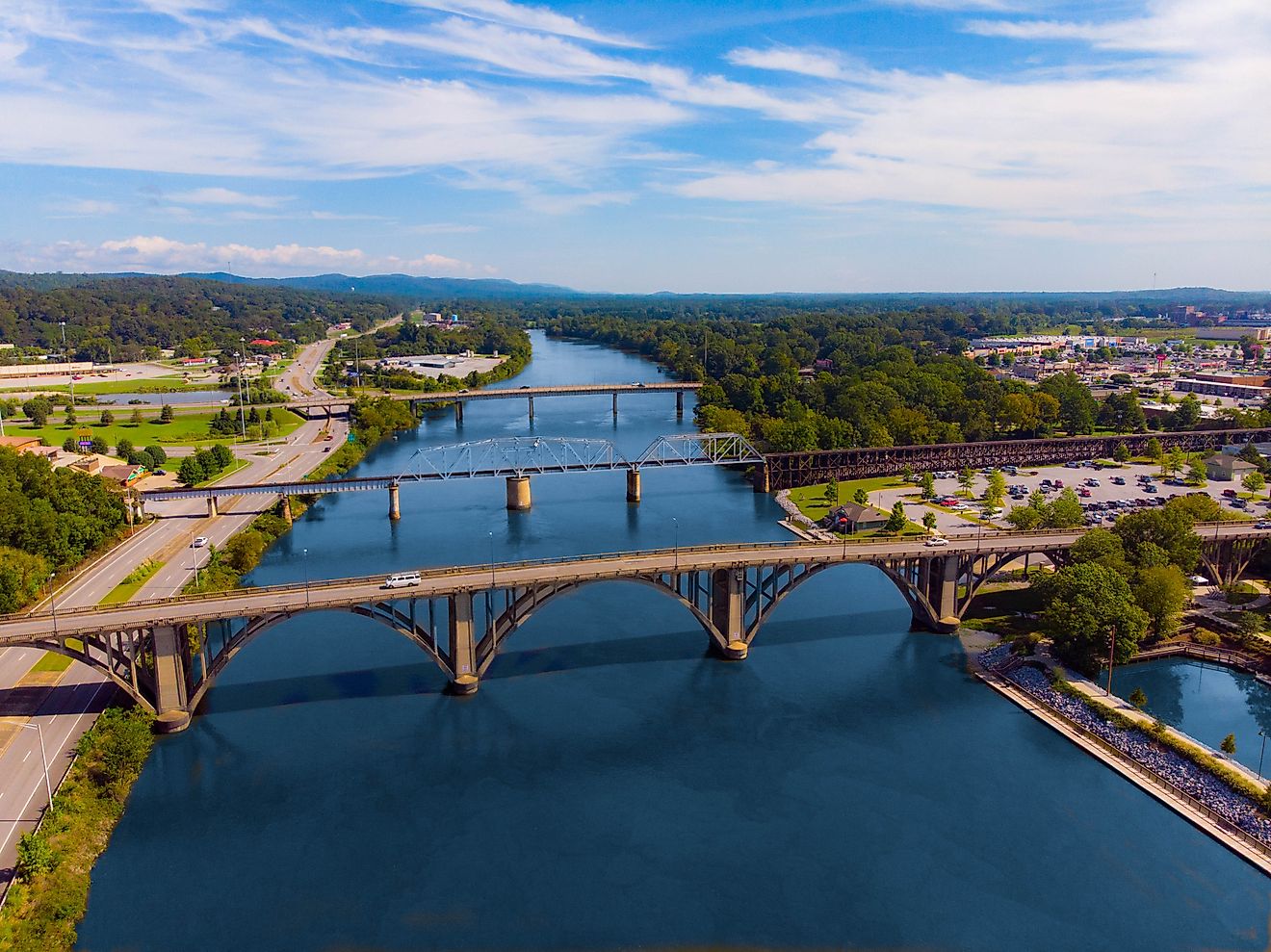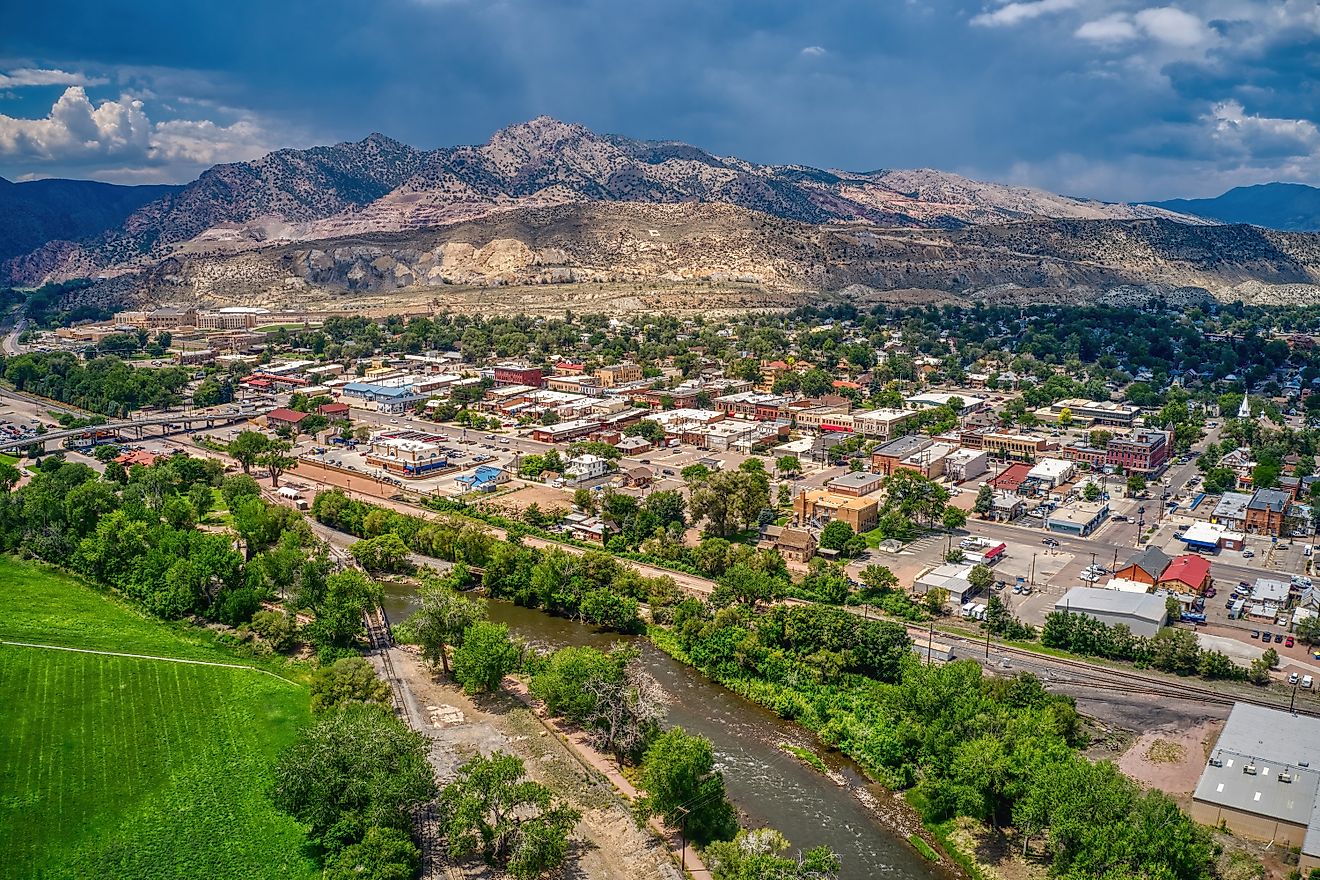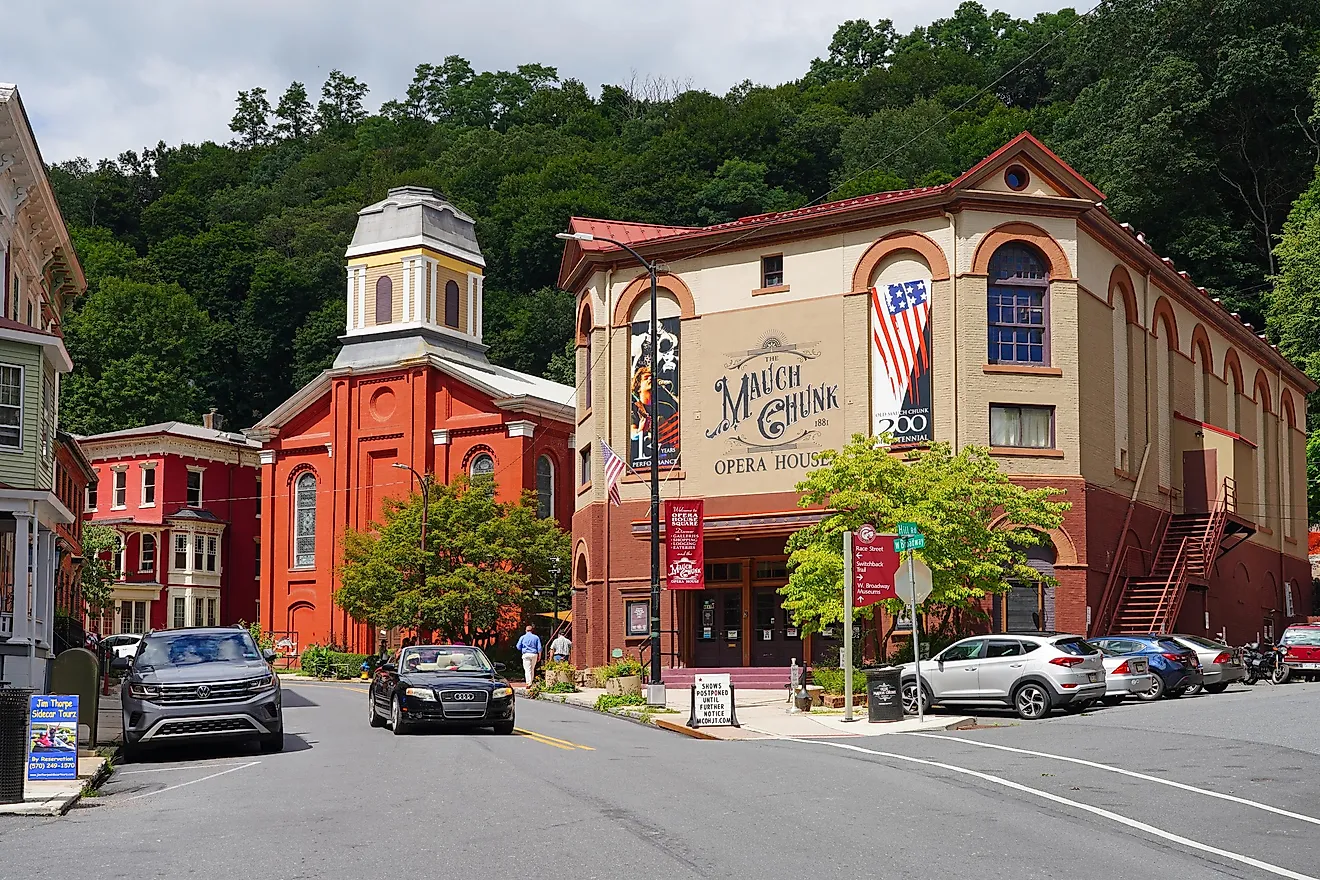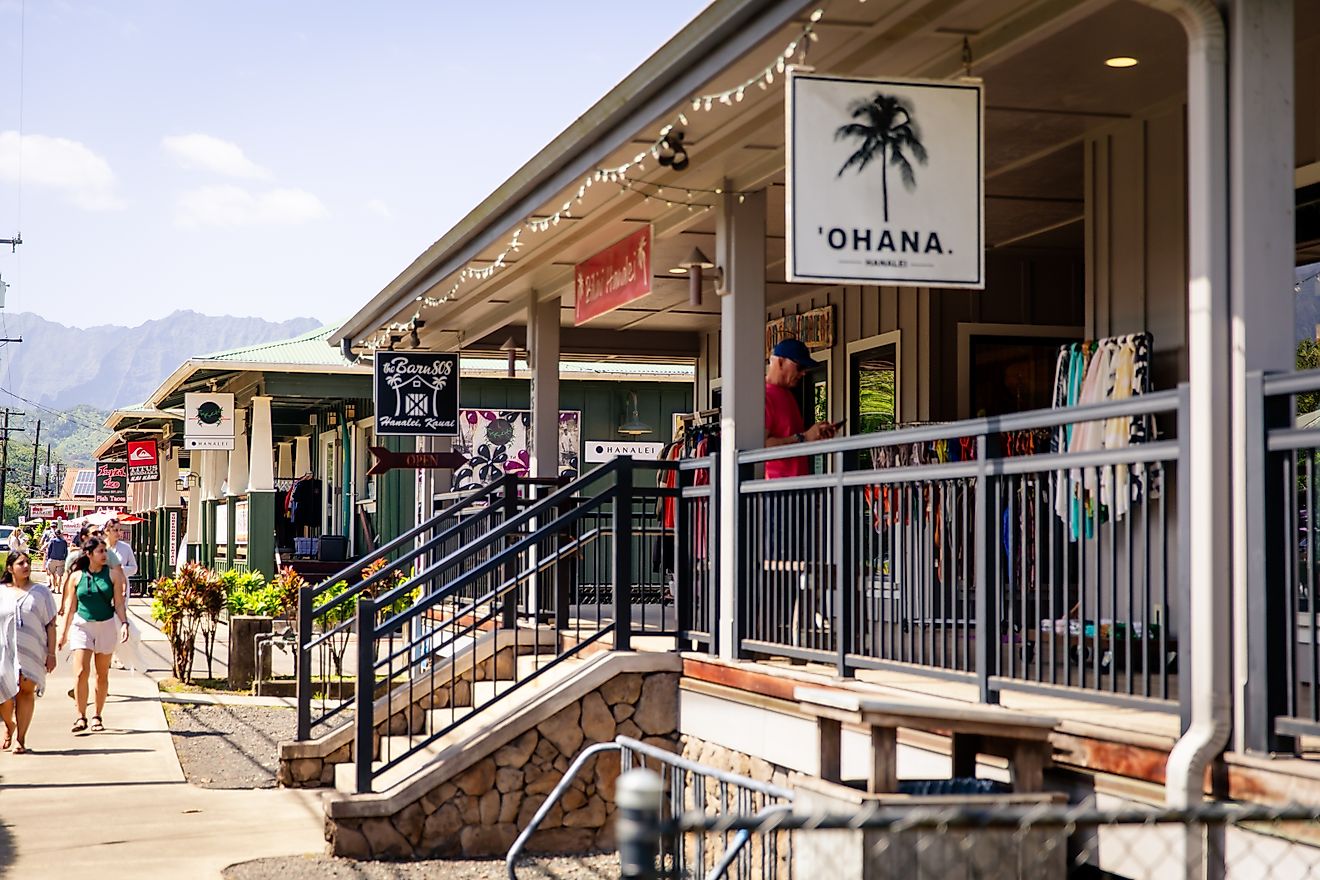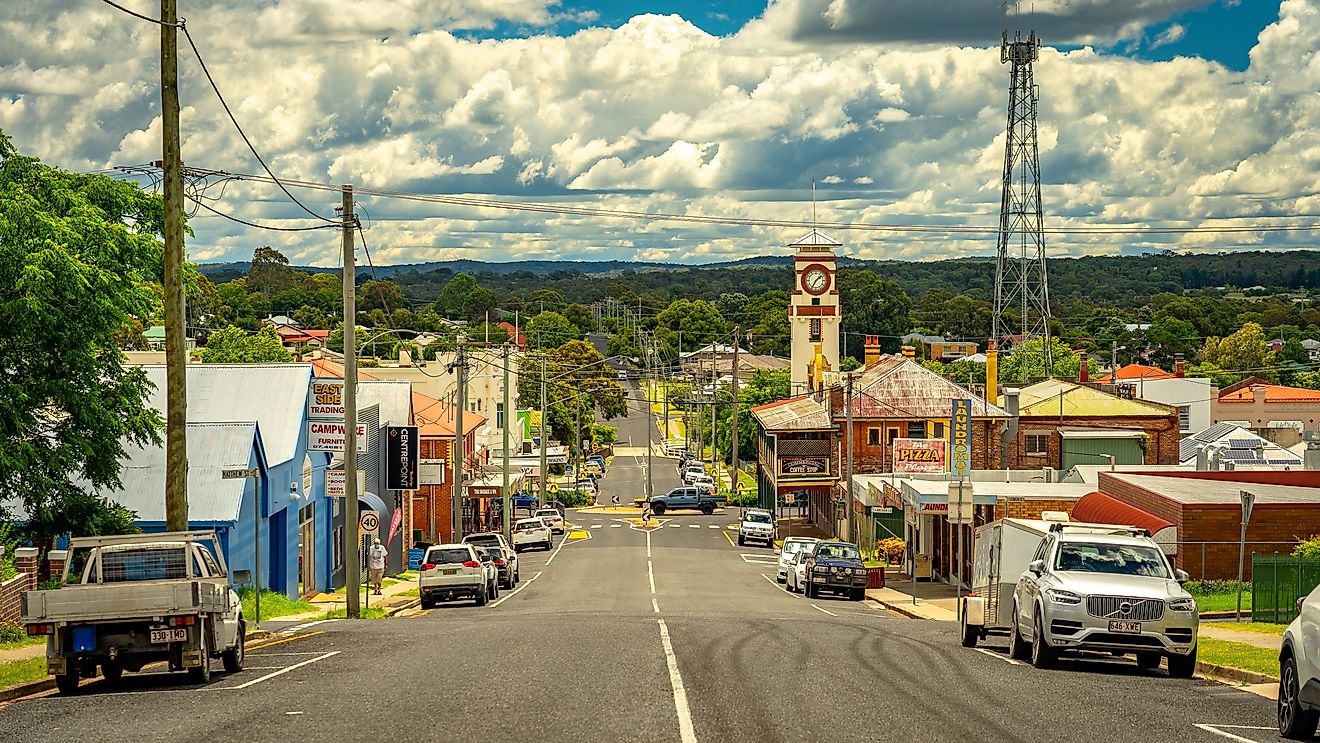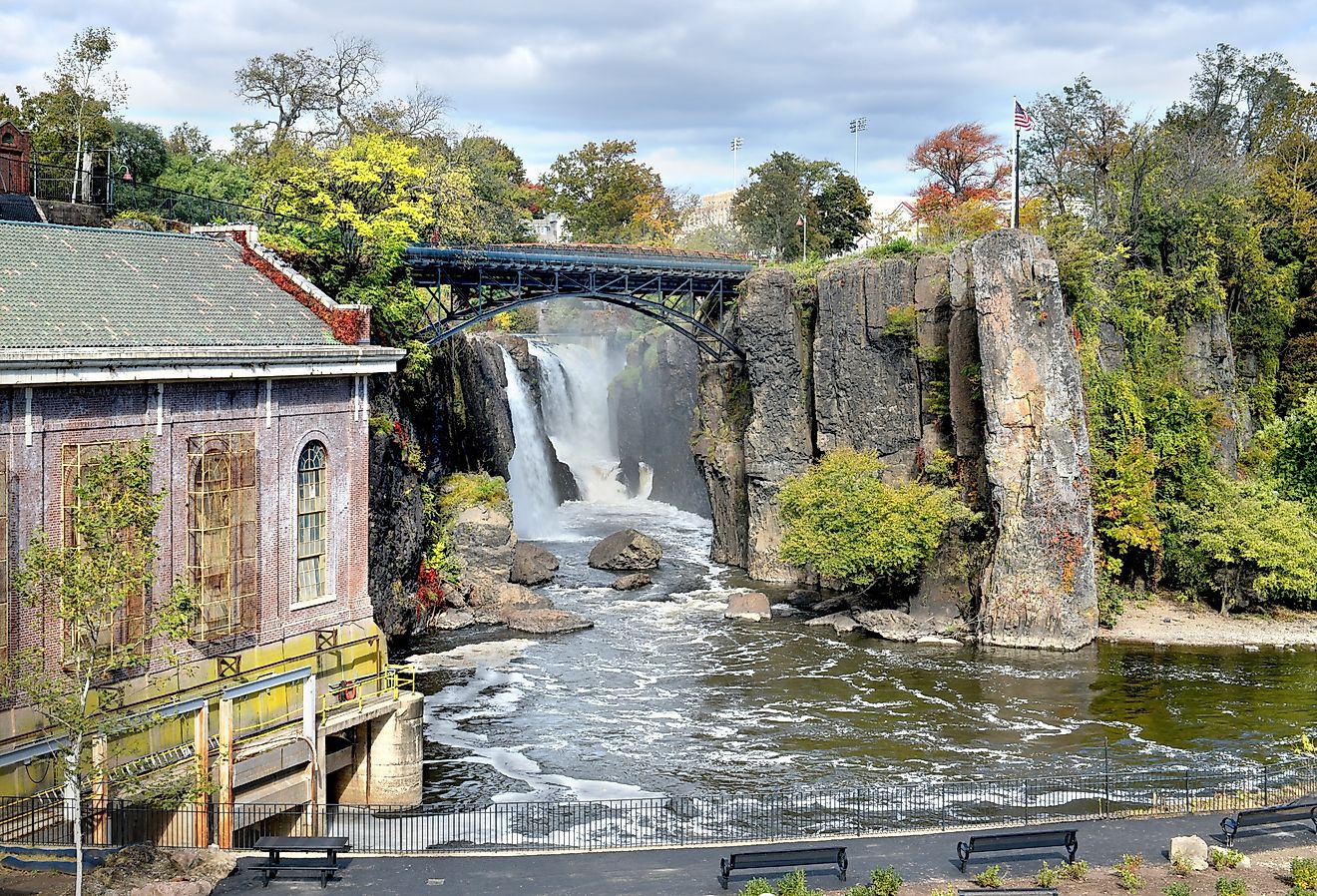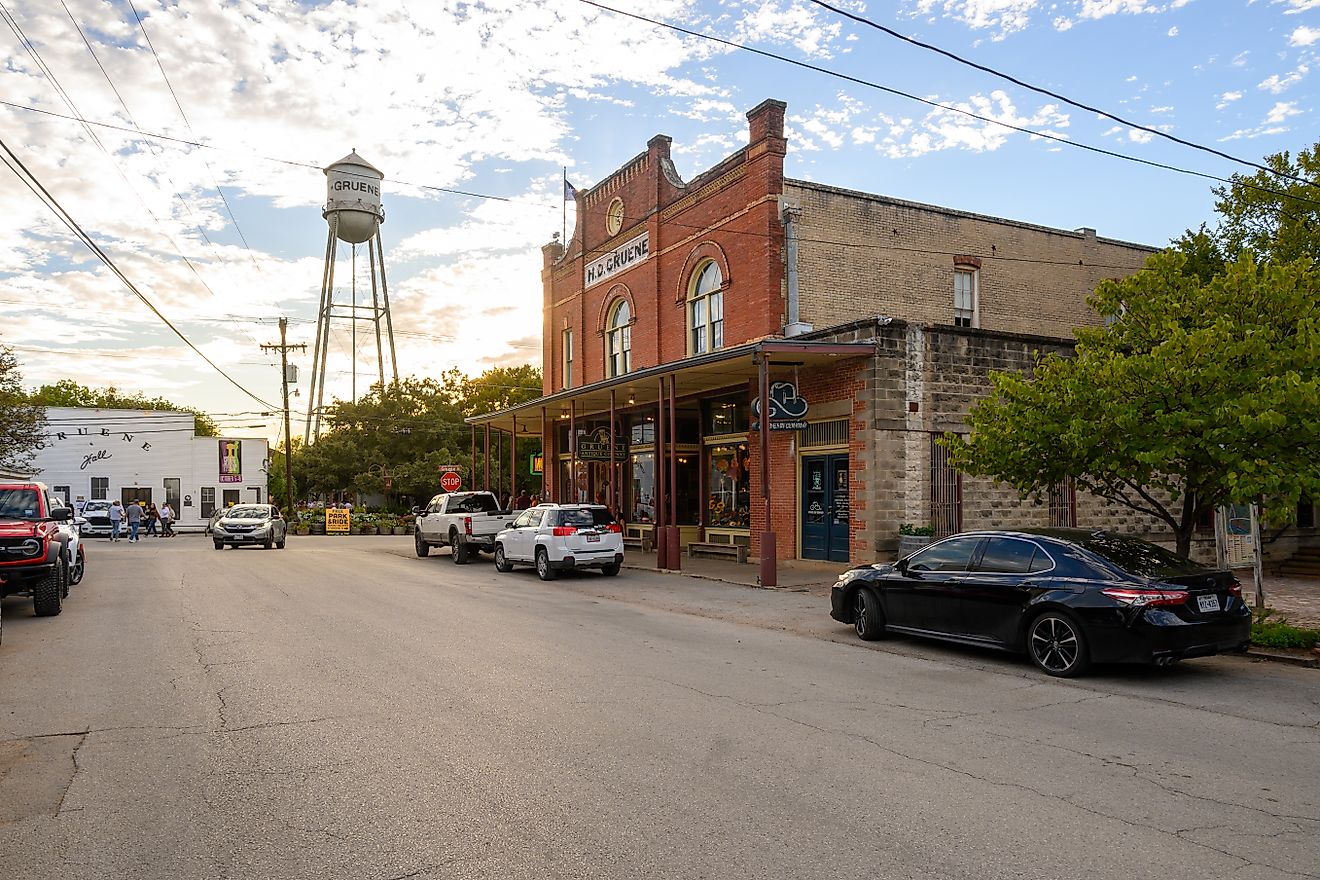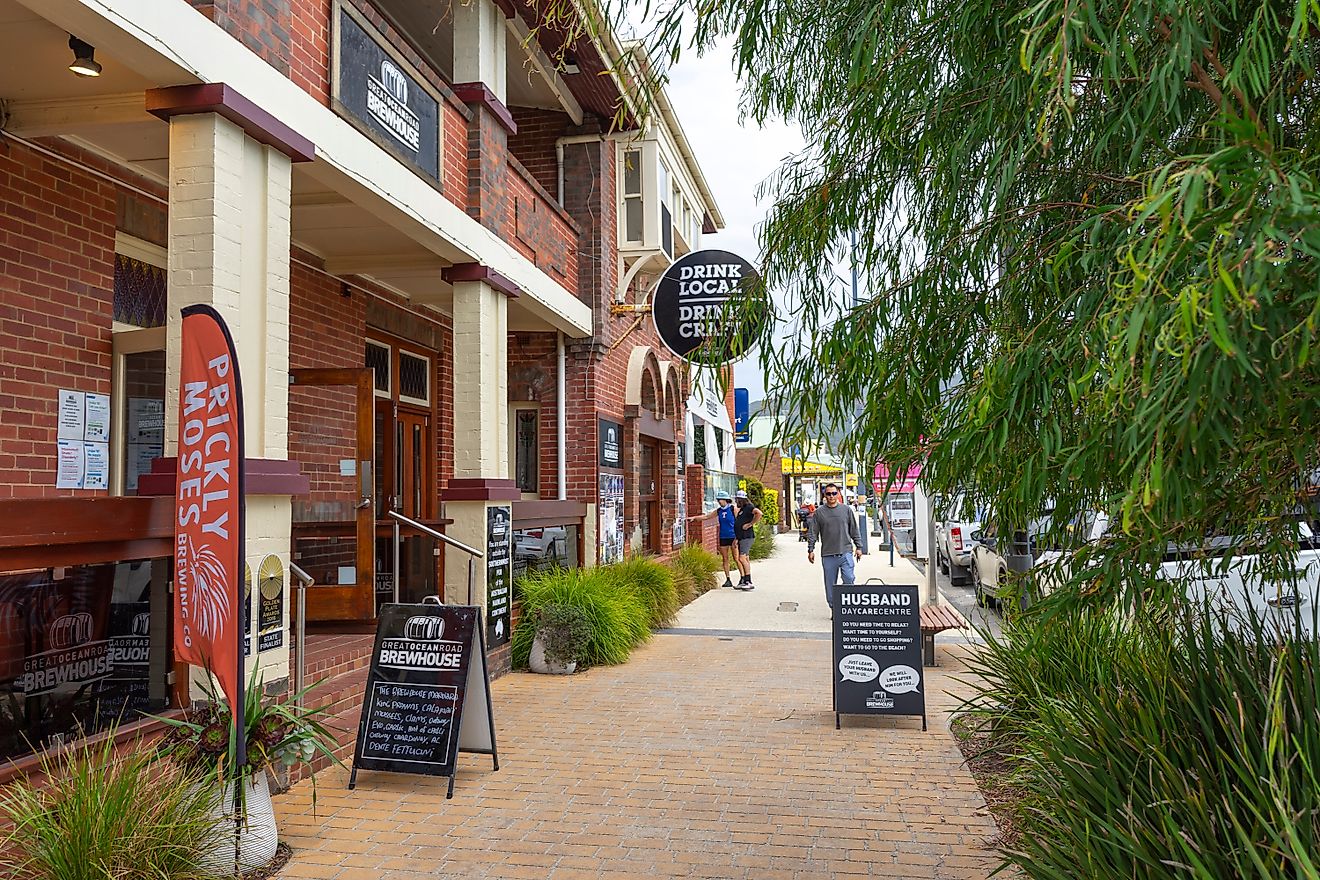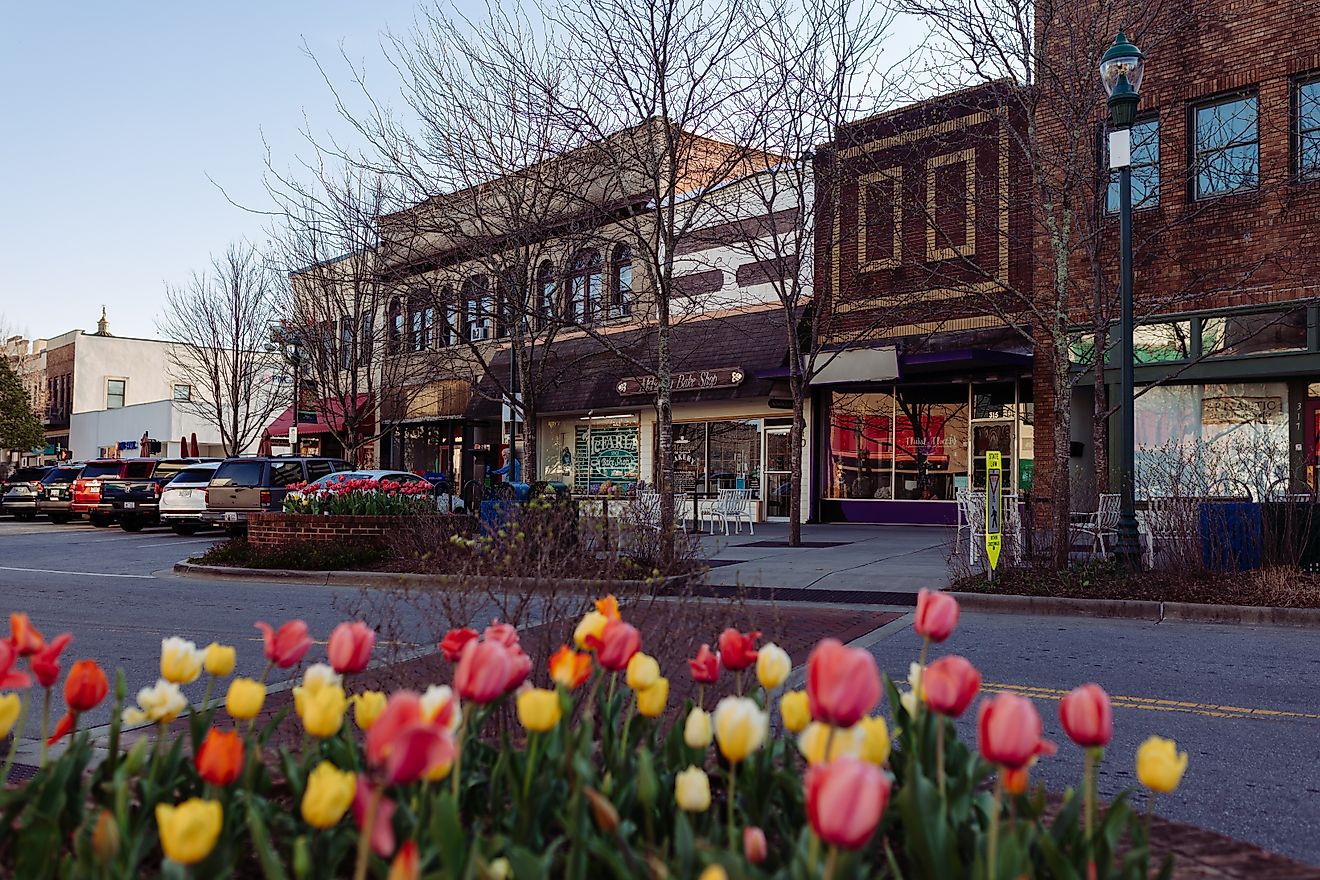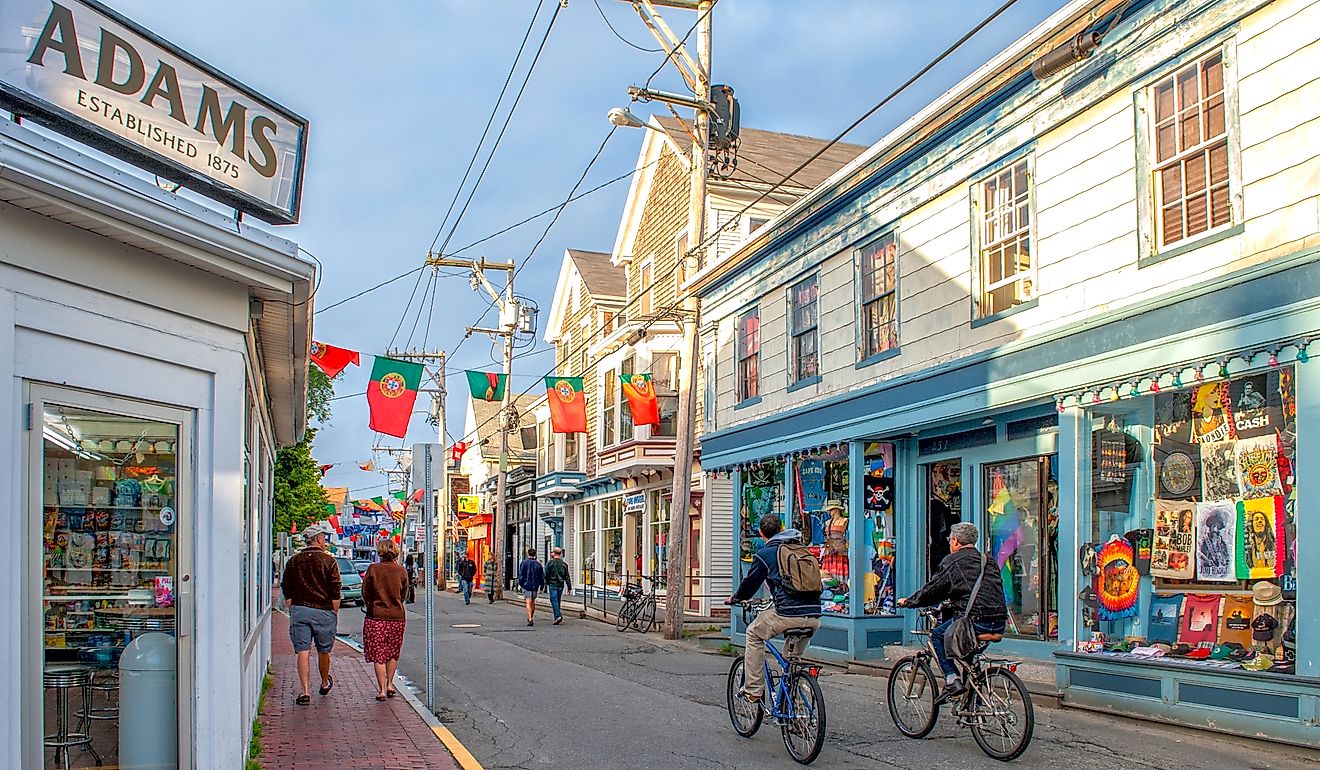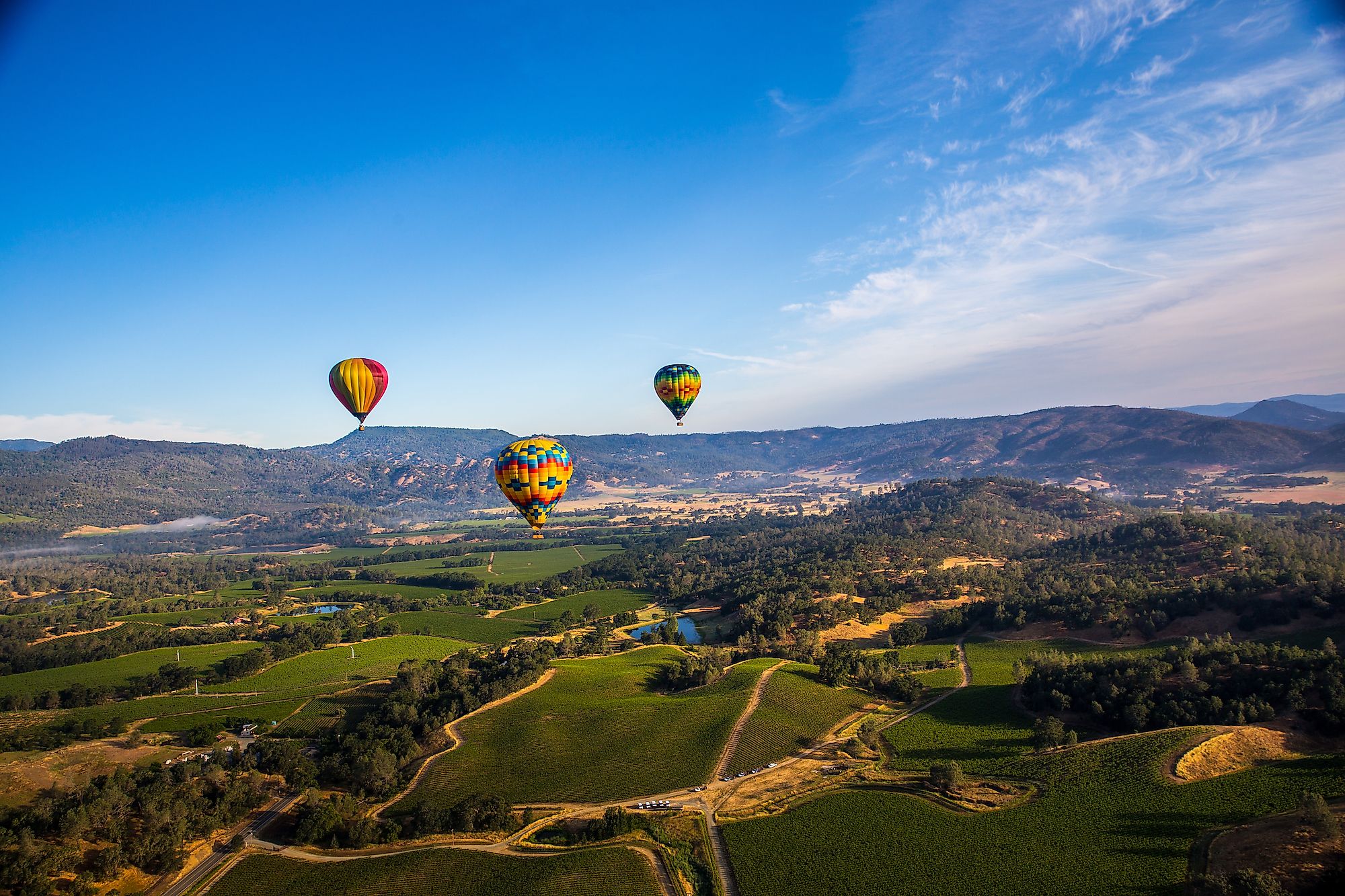
Napa, California
Napa is a city and seat of Napa County, located in the west-central part of California, United States of America. The city was founded near the Napa River and incorporated as a city in 1872. Napa served initially as a port for the shipment of cattle, lumber, and gold to San Francisco. Its location made it the head of river navigation.
Geography And Climate Of Napa
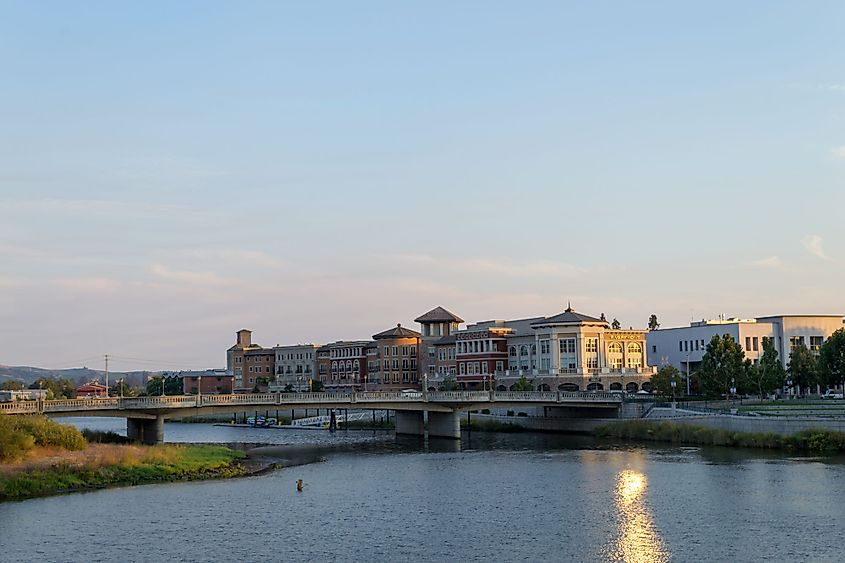
According to the U.S. Census Bureau, the city has a total area of 46.78 sq. km, of which 46 sq. km is occupied by land, and 0.78 sq. km is occupied by water. The Napa River traverses the city on its way to San Pablo Bay. Similar to many parts of California, Napa experiences a Mediterranean climate. Winters are chilly and wet in the region, while summers are warm and dry. Snow is rare, and temperature can go high up to 45 degrees Celsius and as low as -10 degrees.
Population Of Napa
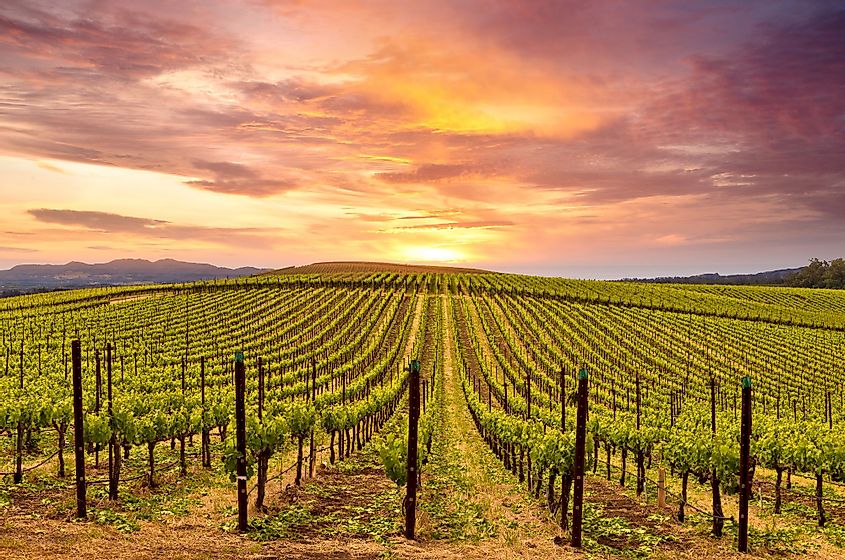
Napa, California, is home to 75,682 people with a median age of 38.8. The city's population is currently declining at a rate of -1.07% annually. The most recent census showed that the population of Napa was 76,915 in 2010. The largest ethnic groups in Napa are non-Hispanic White representing 77.22% of the city’s population, followed by the Hispanic group at 14.1%, Two or more races at 3.65%, and Asians at 3.16%. The minor ethnic groups are Native American at 0.98%, followed by Black or African American at 0.67%, and Native Hawaiian or Pacific Islander at 0.15%. About 87% of Napa residents are U.S. citizens, and as of 2019, 20.9% were born outside the country. The most common birthplace for foreign-born residents of California was Mexico, followed by the Philippines and China. All households in Napa speak English at home as their primary language. The largest university in Napa by the number of degrees awarded is Napa Valley College. The student body is skewed towards women, and most graduating students in 2019 were Hispanic or Latino, followed by White, and then Asian. The most popular majors studied in Napa are Liberal Arts & Sciences, Biological & Physical Sciences, and General Biological Sciences.
The Economy Of Napa
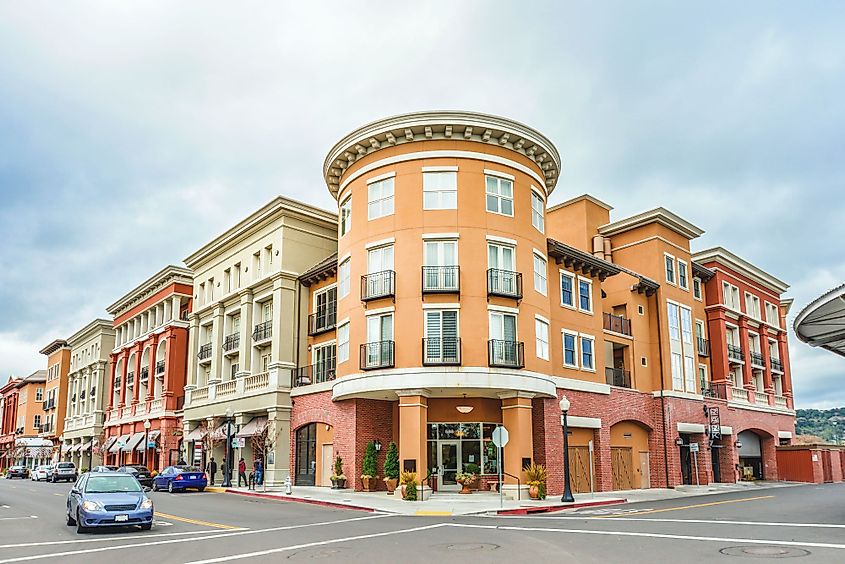
The median household income in Napa is $84,043, with a poverty rate of 7.97%. The income inequality in California is higher than the national average, and males tend to earn 1.26 times higher than females. The economy of Napa employs more than half of the city’s population in many different industries. The largest industries in Napa are Manufacturing, Accommodation & Food Services, and Health Care & Social Assistance, while the highest paying industries are Public Administration, Scientific Technical Services, and Mining & Oil & Gas Extraction.
Brief History Of Napa
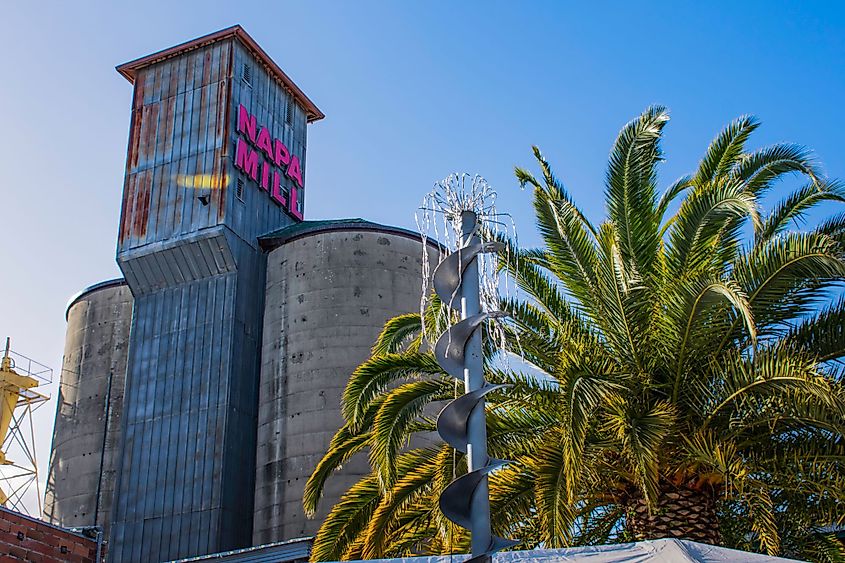
In 1847, Nathan Coombs laid out the original townsite of Napa on the land lying between Brown Street and the Napa River, spanning over 600 yards from Napa Creek to the steamboat landing. The land was optimal for a town to be built on since it was at the uppermost point of the river navigation, facilitating natural trade and transportation centers for travelers and agriculture, industrial, and commercial goods. The new town was home to various settlers from Europe and Asia and native Indians. Napa was famous for hosting gold miners who spent their winters in the new town. Napa’s first building was a saloon, followed by a general store at the foot of Main Street. Other temporary buildings started to show up in the fall of 1948, most of which were made of canvas or Napa Valley lumber.
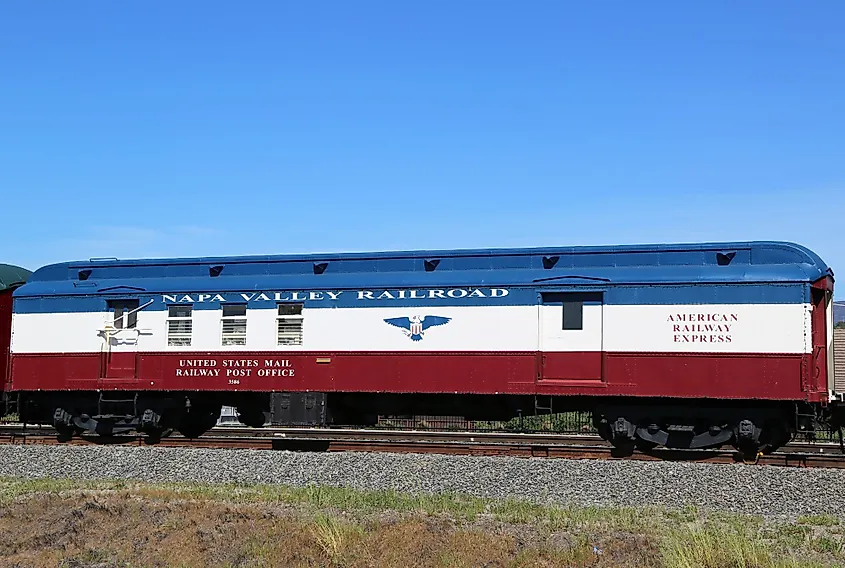
The river ferry marked the beginning of growth in the town. The first steamboat navigated the Napa River from San Francisco in 1850. However, the arrival of the Napa Valley Railroad in the 1860s changed the transportation used in Napa. The railroad brought more people to the town, increased land value, and drew more attention to Napa, which soon controlled the trade of the northern county. In 1850, a county government system was formed, and a courthouse was built. Napa was slowly growing and becoming established, with more buildings getting constructed, including a theater, a company of minstrels and musicians, a jockey club. By 1854, the town already had forty buildings. During the early 20th century, Rudolph Boysen cultivated the first boysenberry, and people in Napa made apple cider, drove dairy wagons, dried grapes into raisins, and shipped eggs to San Francisco. The prune industry reached its peak in Napa between 1930 and 1960. However, after 1968, legislation was passed to favor viticulture, and acres of lands started disappearing. By 2009, the wine grapes accounted for most of the county’s harvest.
Tourist Attractions In Napa

The city of Napa is known as the heart of California’s Wine Country because of its world-renowned wineries. However, the city has a wide variety of activities to offer other than wine tasting. The Napa Valley Paddle provides visitors with paddle-boarding tours along the calm Napa River. Visitors also enjoy the panoramic view of the beautiful vineyards the hot air balloon rides above the Napa Valley offers. The hot air balloons used by Balloons Above the Valley are the largest in America.
